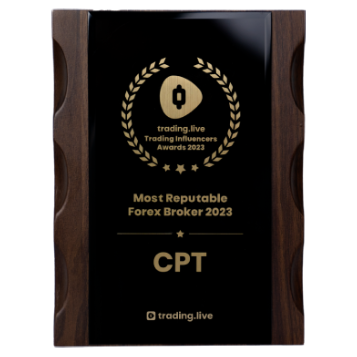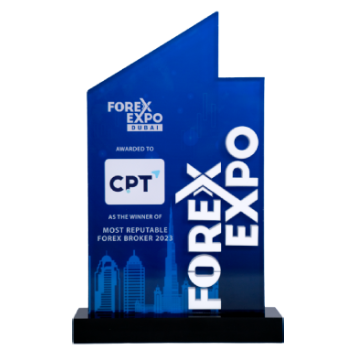Trade Indices with CPT Markets
Take advantage of trading CFDs on indices
| Instruments | Bid Price | Ask Price | Spread | Change | Trend |
|---|
What are indices?
Why Trade Leveraged Products on Indices?
Trading leveraged products on indices can provide traders with increased exposure to the markets, diversification, lower transaction costs, and flexibility. However, it's important to note that leveraged trading involves higher risks, so it's important for traders to have a solid understanding of the markets and to carefully manage their risk.
What Are The Different Types of Indices
Indices are widely traded because they are powerful global and country-specific economic health indicators. We will see below some of the biggest global, regional, and national indices to trade:
- GlobalGlobal indices relay companies regardless of which stock exchange they are listed on and based.
- RegionalRegional indices include companies from specific regions.
- NationalTypically, national indices are used to reflect investor sentiment on the health of the economy inside a given country by analysing the performance of the stock market.
- Some of the biggest U.S indices:
S&P 500
Standard & Poor's 500 Index, also known as the S&P 500, tracks 500 leading publicly traded companies in the United States by market capitalization. It includes companies like Twitter, Cisco Systems, eBay, MasterCard, McDonald's, Nike, PayPal, Pfizer, Starbucks, among others.
TECH 100
The Nasdaq 100 Index is a basket of the 100 largest, most actively traded U.S companies listed on the Nasdaq stock exchange. The index includes companies from various industries except for the financial industry, like commercial and investment banks. These non-financial sectors include retail, biotechnology, industrial, technology, health care, and others.
USA30
Dow Jones Industrial Average (DJIA) is an index containing stocks from 30 of the largest and most influential companies in the United States, including Apple, Chevron, Coca-Cola, Exxon Mobil, Visa, Goldman Sachs, and JPMorgan Chase.
- Some of the biggest EU indices:
DAX40
The DAX is a German blue-chip stock market index that tracks the performance of the 40 largest companies trading on the Frankfurt Stock Exchange. It covers sectors such as clothing, insurance, manufacturing, energy, transport, and many others.
FTSE100
It is also known as the UK100 and is a list of the UK's hundred biggest companies by market capitalization. These companies include Unilever, Tesco, Barclays, Vodafone Group, GlaxoSmithKline and Sainsbury's covering industries such as food, pharmaceuticals, electronic products, banks, telecommunications and more.
EUROSTOXX
The index covers 12 European countries and represents the 50 largest companies in Europe, such as Bayer, Danone, and Volkswagen Group, among others, listed in other European indices.
- Some of the national indices covering Asia-Pacific region:
JAPAN225
The Nikkei is short for Japan's Nikkei 225 Stock Average, the leading and most-respected index of Japanese stocks. It is a price-weighted index composed of Japan's top 225 blue-chip companies traded on the Tokyo Stock Exchange.
HONGKONG50
The Hang Seng Index or HSI is a free-float market capitalization-weighted index of the sixty largest companies that trade on the Hong Kong Exchange (HKEx). HKEx is among the largest stock exchanges in the world, with an aggregate market cap of more than $38 trillion as of 2022.
ASX200
The S&P/ASX 200 Index is the benchmark institutional investable stock market index in Australia, comprising the 200 largest stocks by float-adjusted market capitalization.
- 1Log in your account or create account
- 2Go to the indices section and choose your favorite instrument
- 3Set your trade size
- 4Choose direction (Buy or Sell) based on your assessment of the influencing factors
- 5








